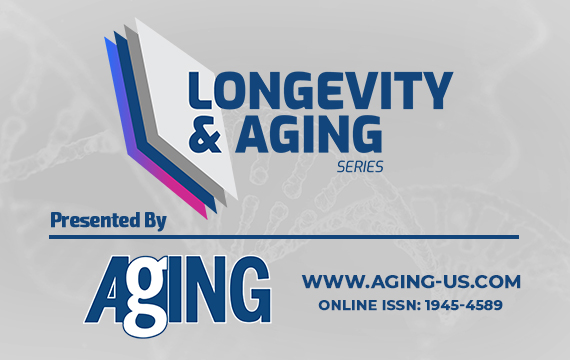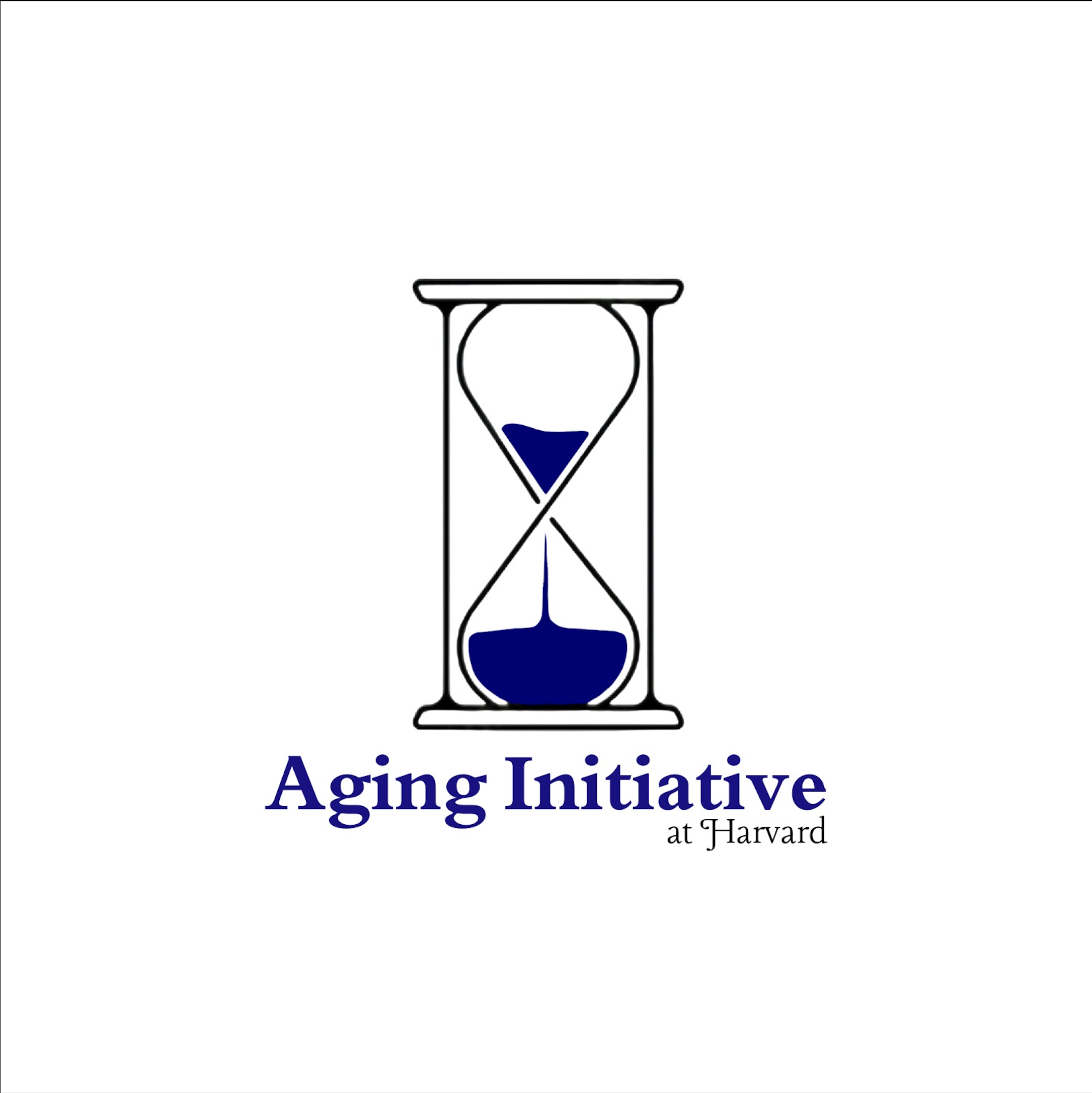Research Paper Volume 16, Issue 19 pp 12726—12768
A proteomics approach to study mouse long bones: examining baseline differences and mechanical loading-induced bone formation in young-adult and old mice
- 1 Department of Orthopaedic Surgery, Washington University School of Medicine, St. Louis, MO 63110, USA
- 2 Medical Scientist Training Program, Washington University School of Medicine, St. Louis, MO 63110, USA
- 3 Department of Medicine, Proteomics Core, Washington University School of Medicine, St. Louis, MO 63110, USA
- 4 Department of Genetics, McDonnell Genome Institute, Washington University School of Medicine, St. Louis, MO 63108, USA
- 5 Department of Biomedical Engineering, Washington University, St. Louis, MO 63105, USA
Received: June 20, 2023 Accepted: September 23, 2024 Published: October 12, 2024
https://doi.org/10.18632/aging.206131How to Cite
Copyright: © 2024 Chermside-Scabbo et al. This is an open access article distributed under the terms of the Creative Commons Attribution License (CC BY 4.0), which permits unrestricted use, distribution, and reproduction in any medium, provided the original author and source are credited.
Abstract
With aging, bone mass declines and the anabolic effects of skeletal loading diminish. While much research has focused on gene transcription, how bone ages and loses its mechanoresponsiveness at the protein level remains unclear. We developed a novel proteomics approach and performed a paired mass spectrometry and RNA-seq analysis on tibias from young-adult (5-month) and old (22-month) mice. We report the first correlation estimate between the bone proteome and transcriptome (Spearman ρ = 0.40), which is in line with other tissues but indicates that a relatively low amount of variation in protein levels is explained by the variation in transcript levels. Of 71 shared targets that differed with age, eight were associated with bone mineral density in previous GWAS, including understudied targets Asrgl1 and Timp2. We used complementary RNA in situ hybridization to confirm that Asrgl1 and Timp2 had reduced expression in osteoblasts/osteocytes in old bones. We also found evidence for reduced TGF-beta signaling with aging, in particular Tgfb2. Next, we defined proteomic changes following mechanical loading. At the protein level, bone differed more with age than with loading, and aged bone had fewer loading-induced changes. Overall, our findings underscore the need for complementary protein-level assays in skeletal biology research.




